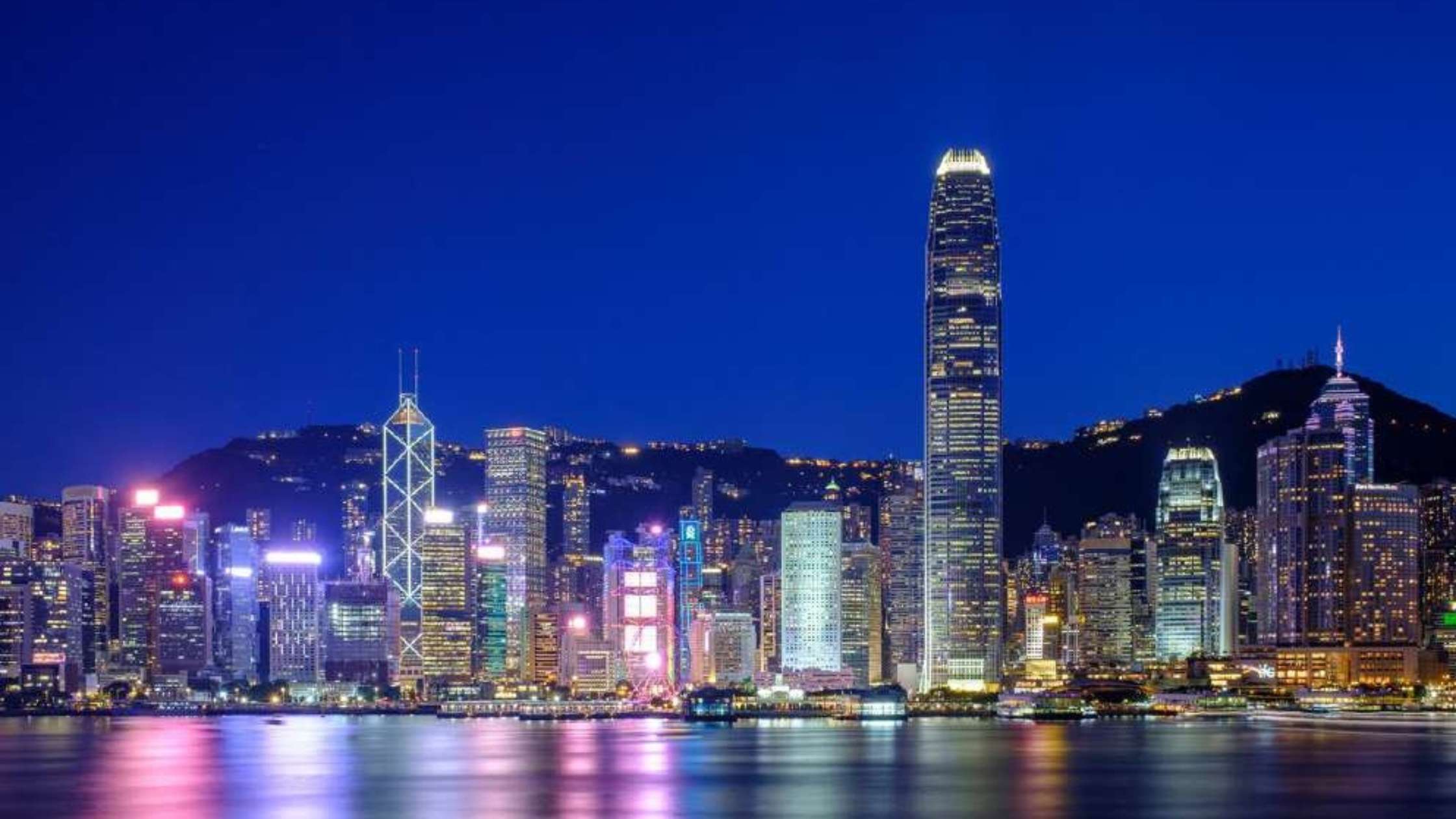Evan Jowers and Alexis Lamb of Kinney Recruiting present an optimistic viewThere is no question that Asia has suffered a major economic blow as a result of the current financial crisis. Asia’s export dependence renders it particularly vulnerable to the deteriorations of Western economies. However, while hurting, Asia is comparatively in the best position to be the first economic region to recover from the sickness currently plaguing the world’s markets. GDP growth for Asia is predicted to be higher than any other region in the world in 2009. In early February 2009, the IMF predicted a GDP growth of 6.7 percent, 2.7 percent, 5.5 percent and 0.5 percent for China, Asia, Asia’s developing countries and the entire world, respectively, and has described China’s 8 percent GDP growth target as challenging, but possible. Moreover, IMF managing director Dominique Strauss-Kahn stated earlier this month, regarding China, “Once the economy regains its footing a rapid recovery is possible.”
The primary driver of Asia’s resilience in 2009 is China. As China’s economic fortunes go, so do those of the rest of the continent. With a stimulus package that both experts and investors believe is working, deep capital reserves, liberated policies on lending, and a low debt-to-GDP ratio compared to those of other countries, China could begin its recovery as early as second half 2009. Here are five reasons why:
1. Aggressive bank lending
China’s banking system is in much better shape than those of the US and Western Europe. China is currently the only economy experiencing credit expansion, which some economists view as a major indicator that a mid-2009 recovery is possible. In January 2009 alone, Chinese banks lent almost a third of the total lent in all of 2008, according to the People’s Bank of China. Unlike US and European financial institutions, Chinese banks, which are not saddled with toxic assets, can more easily extend credit to individuals and corporations alike.
2. Strong balance sheet, strong stimulus, high investor expect–ations and stock market gains
China has been described by economists at Merrill Lynch as having “perhaps the deepest pockets in the world.” A recent lending spree in February illustrates the depth of China’s pockets, as China not only lent US$25 billion to Russia, US$10 billion to Brazil and US$4 billion to Venezuela, but also had enough financial endurance to make a US$19 billion bid (through the mostly state-owned Aluminum Corporation of China) for an 18 percent stake in Australian mining company Rio Tinto. A growing number of countries and major global corporations are now approaching China hoping for a similar bailout, a trend that is expected to continue.
Further, China has public debt of only 18.5 percent of GDP (compared with 75 percent in India), foreign currency reserves of US$1.95 trillion, and a balanced budget. The strength of China’s balance sheet means that China has more public funds to earmark for expanding its 4 trillion renminbi (US$585 billion) stimulus package, which already includes projects such as the building of 3.5 billion renminbi of public houses in Shaanxi province and Shanghai, and three new railway lines in Shandong province, construction on both of which commenced in December. Because China’s economy is production-oriented, as opposed to service-oriented, the Chinese economy can be easily aided by doing exactly what the Chinese stimulus plan is doing – spending cash on infrastructure and capital developments. At the time of this writing, financial market indices worldwide broke a week-long slump with a day of gains buoyed by optimism that that China will increase its stimulus package. The prices of oil, copper, zinc, steel, chemicals and plastic surged based on this speculation, as any increase in China’s stimulus package means that China has additional resources to create more government-financed, large-scale construction projects.
3. M&A growth
Chinese M&A remained strong in 2008 despite the global economic slowdown. According to a Thompson Reuters report, 2008 M&A activity in China reached a record high of US$159.6 billion in deals, up 44 percent from 2007, as compared to a year-on-year 11.1 percent fall in Asian deal volume (excluding Japan). Xie Tao, a PriceWaterhouse Coopers transactions partner based in Beijing, attributes this resilience to the fact that Chinese companies are not suffering from a dearth of cash, which is crucial for M&A activity.
China has already started exploring 2009 outbound M&A opportunities. Diesel engine giant Weichai Power is expected to soon acquire a French plant owned by cash-poor General Motors, which is desperate to sell off such assets. A high-level Chinese trade delegation is scheduled to travel to Western Europe at the beginning of the month to evaluate “opportunities for financial participation in European companies,” according to Commerce Minister Chen Deming. Officials in China’s Ministry of Commerce said this will be the first mission of its kind to Western Europe, according to the reports. According to Beijing-based trade specialists, the most attractive target companies are likely to be manufacturing, clean energy and environmental protection companies. Financial service companies are less attractive due to market volatility.
China’s growing M&A appetite, according to Li Jian, a researcher with the Chinese Academy of International Trade and Economic Cooperation, is economically shrewd. “The global economic crisis allows Chinese companies, with their ample cash reserves, strategic cross-border partnerships with cash-strapped international companies,” Li said.
4. Not as export-dependent as the rest of Asia
One concern about Asia’s economic future is its export dependence. Until the American and European economies – main export markets – recover, demand for Asian exports in consumer goods will remain depressed. While China’s economy is certainly dependent on exports, China is arguably in a better position than other Asian economies due to its infrastructure. Morgan Stanley (Asia) chairman, Dr Roach has recently opined, with regard to Asia’s overdependence on exports: “Export-led regions are followers, not leaders. The only possibility (to recover earlier) is China, as it has large infrastructure spending in place that could provide support for economic growth.”
5. Regulators may relax rules on domestic IPOs
Industry insiders are predicting that China’s securities regulator will allow IPOs to be launched on the ‘second board’, which would help stimulate a previously dormant IPO market. A source close to the China Securities Regulatory Commission claims that the Commission has requested for companies who received their approval for IPOs in 2008 to submit their annual reports to the Commission for possible issuances in 2009. If the Commission makes this allowance, some investment bankers predict that China’s capital markets could see IPOs as early as the second quarter of 2009.
Admittedly, handicapping the markets is largely an academic exercise and our predictions could turn out to be as off-base as our wagers at
Happy Valley race track each Wednesday. There are no crystal balls, and there are plenty of economists and industry leaders who take a much less rosy view on Asia’s predicted sustainable growth than those cited herein. However, it is hoped that this summary of current pro-Asia opinion shows you that the belief in Asia’s comparative economic strength is one that is held by at least a sizeable minority in the financial community.
evan@kinneyrecruiting.com
alexis@kinneyrecruiting.com |





















